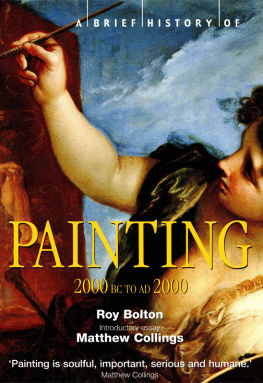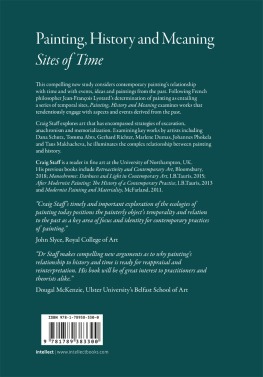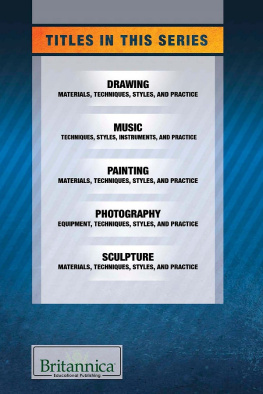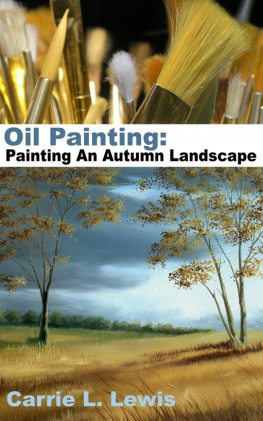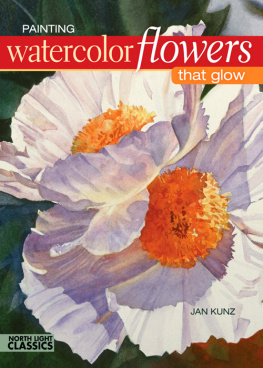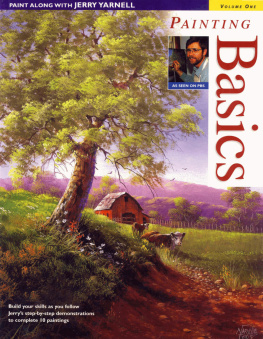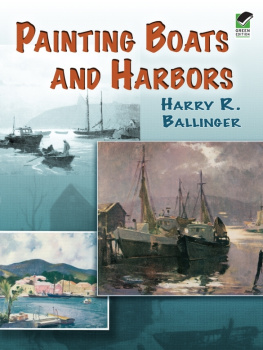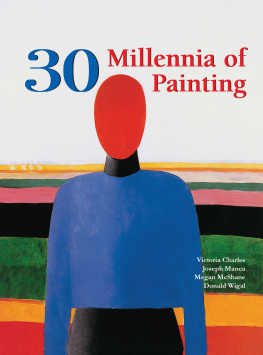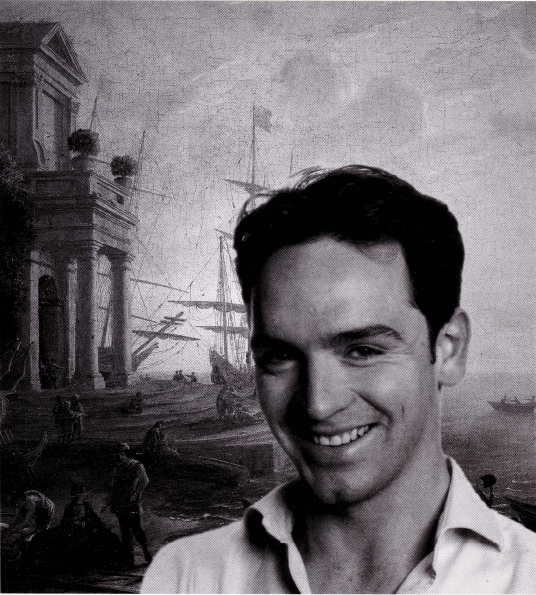
Roy Bolton | Educated in Ireland, San Francisco and at the University of Oxford, is an expert in art history, a writer and a radio broadcaster. He is the Head of Old Master Pictures at Christies South Kensington, London. |
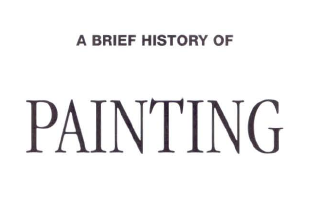
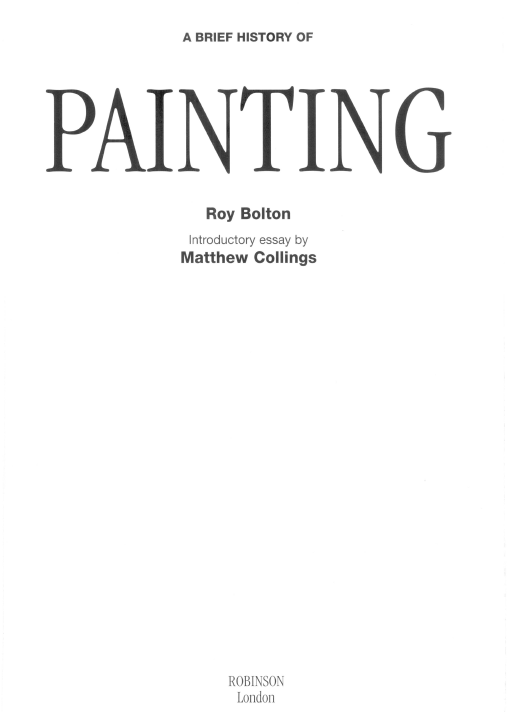
Constable & Robinson Ltd
5556 Russell Square
London WC1B 4HP
www.constablerobinson.com
First published as an ebook by Robinson 2013
Copyright text Roy Bolton 2004
Copyright introductory essay Matthew Collings 2004
The right of Roy Bolton to be identified as the author of this work has been asserted by him in accordance with the Copyright, Designs and Patents Act 1988
All rights reserved. This book is sold subject to the condition that it shall not, by way of trade or otherwise, be lent, re-sold, hired out or otherwise circulated in any form of binding or cover other than that in which it is published and without a similar condition including this condition being imposed on the subsequent purchaser.
A copy of the British Library Cataloguing in
Publication Data is available from the British Library
ISBN 978-1-84119-957-5
eISBN 978-1-47211-022-0
2 4 6 8 10 9 7 5 3 1
The cover can be credited to: Design: Pascal Thivillon; Cover painting: A Personification of Painting by Sebastiano Ricci
To my parents, and to George and Caroline
Contents
The Inner Life of Painting
An introductory essay
Matthew Collings
This book is an introduction to the history of painting. The mood is light. You can use the book in two ways as a reminder of the changes in painting throughout our history, or (and the two ways are not mutually exclusive) as a sort of jumping-off point for learning about art. I would not wish to give an impression that there is something marvellous about painting that can be summoned more or less like a genie, where you waft your hands and a fantastic experience starts. That isnt how I think that painting or writing works. This kind of accessibility is okay for a beginning, but I think you have to put a bit of work in before real appreciation begins.
You get more out of art the more youre willing to put in. And I find the more youve got out of it, the more particular and finicky you tend to become on all sorts of levels. You will find you become very discriminating about paint. You categorize it you see it as flatter or more disturbed, or sheer or transparent or spread out, or lumped-up or glutinous or coagulated or whatever and you have mental frameworks for all these effects. You can read them. You dont like everything in the same way, and maybe theres a lot you never like at all.
I could never like anything by the Surrealist, Yves Tanguy, for example, but I find his contemporary, Salvador Dal, to be full of magnificence, even if its wildly inconsistent and always on a jokey level. He is magnificent in the way that certain comedians are magnificent. Dal and Tanguy share a generalized, horrible, paint-killing technique, but within the ghastliness Dal often manages to come up with surprises of colour, space and form. Of course the overall wackiness of imagery is what Dal is known for, and this is indeed where his power lies. But the difference between the Dal of the classic Surrealist period, the 1920s (which is also Magrittes great decade; and hes another murderer of oil paint) and his later paintings is really a difference of psychological tone, where the superior believability of the earlier work is due to a more intuitive and thus more nuanced, dramatic and less routine handling of materials.
So what Im saying here is that within a visually rather low-grade mode, which is what Surrealism is, there can still be a hierarchy of good and bad. And if youve got any curiosity or enthusiasm or natural thinking power, and youve found yourself somehow in the world of painting, youll be surprised by how important these kinds of intuitive or instinctive judgements soon become. Youll realize that being interested in art and being able to think about it and maybe even communicate your thoughts, or put your thoughts into action if you want to be a painter yourself is its own reward. You dont get into it for reasons of snobbery or wanting to gain the power to intimidate people with a lot of weird terms or jargon youve just learned. Instead the attraction is something more inward. There is an inner yearning that painting answers.
In any case there are certain things that paint does that you may come across in your first encounters with the tradition and be impressed by, and the pull of this initial attraction may always remain with you. You might realize later in life that your interest is actually rather narrow. Perhaps its that certain way (and you want to see it again and again) that Monet and Tintoretto have of dragging an undiluted bit of oily matter across a more thinly laid-in area. For the rest of your life liking and disliking certain things will connect to this original attraction. In this way painting is trans-historical, but as we saw with the earlier examples from Surrealism, it also kind of rises above categories generally. It is its own category. Then theres the way that taste develops through experience. You learn to see more, so a famous painting you always knew becomes slightly different in stages, and eventually you realize its become quite amazingly different to how you originally saw it. Remember were only talking about the paint here we havent even mentioned what might be going on in the representation or in the story of the artists life or what was going on in society at the time. To find this level of painting fascinating, namely the way the paint works, is to be a kind of connoisseur.
You will probably find that you start to apply discrimination to art writing as well. On the whole, you will want the language that is used to describe and evaluate painting, to convey a sense of the dignity of the tradition and discipline of the medium, to be lucid and super-informed, to be inspired in a certain way, to feel as if it were born for this task and no other. When its different to that you know its a type of writing for someone else, not for you. Youve already found that kind of thing not quite as vibrant and flexible and observant and thoughtful as you need writing on art to be. But maybe you remember when you were moved by whatever you could find, maybe sometimes more moved then than you are capable of being now, if thats not too sentimental.
From personal experience I know that the starting point for getting interested in the history of painting is pretty arbitrary. Painting is like a stream, where you can step in at any point. For me it was a few little basic well-intentioned primers that told me what Impressionism or Paul Klee was supposed to be. I had no idea what I was reading. I looked at the reproductions and read the text and found them equally odd but not equally attractive. I definitely thought the pictures had the edge. Art writing is a peculiar thing. Its not self-sustaining. Its not like novels. The greatest art writers are just not that interesting if youre not already interested in the subject. Paint and painting speak for themselves but art writing never does it follows where art leads. On the other hand you cant have such a thing as art appreciation unless youve read a few books about art. Its not really appreciation otherwise, its a hobby or a distraction, or a bit of nonsense. In other words I think painting is serious and it calls for a high seriousness on the part of its audience and on the part of those who want to be its champions and leaders and explainers. But you can acquire that seriousness via all sorts of diverse and even dubious routes.
Next page
